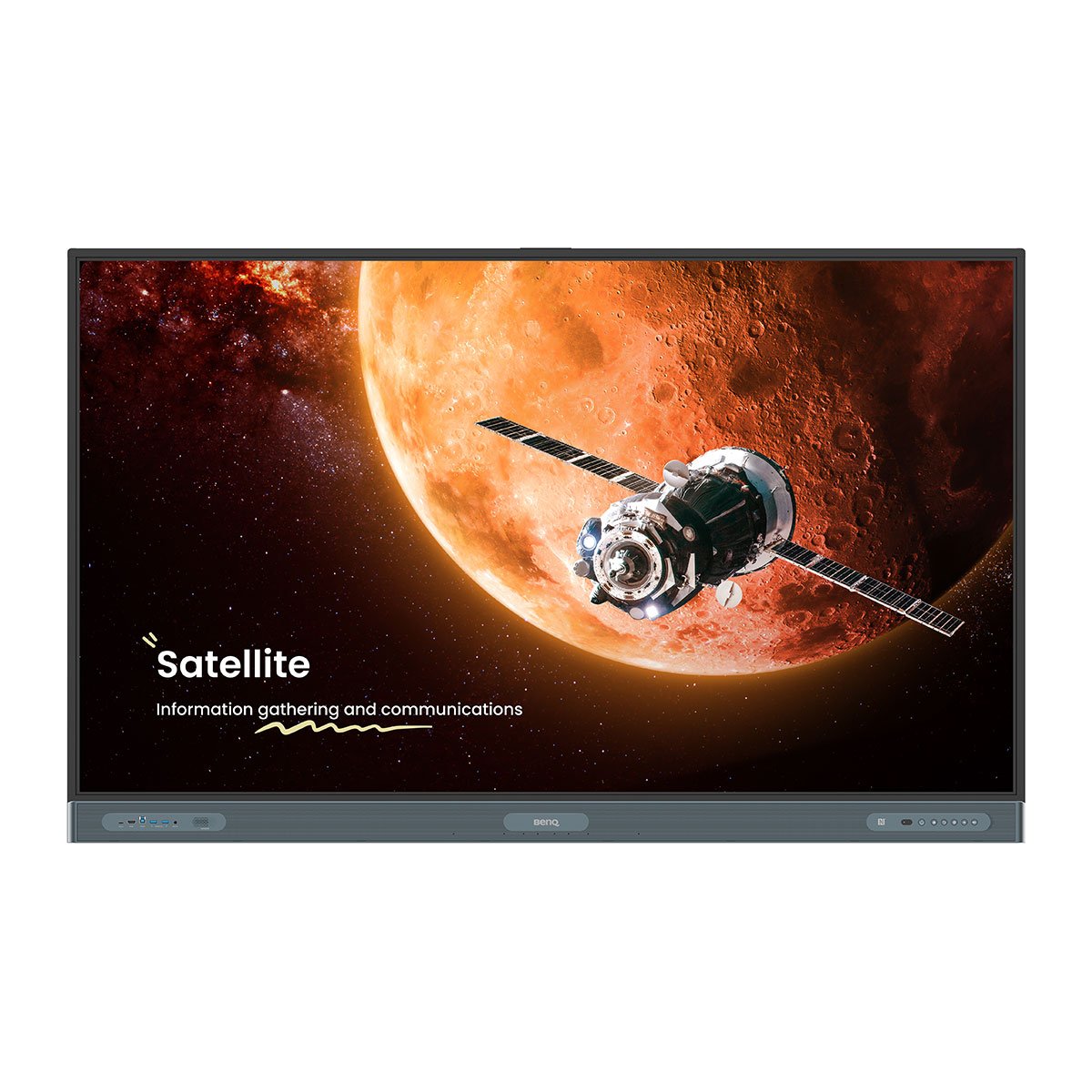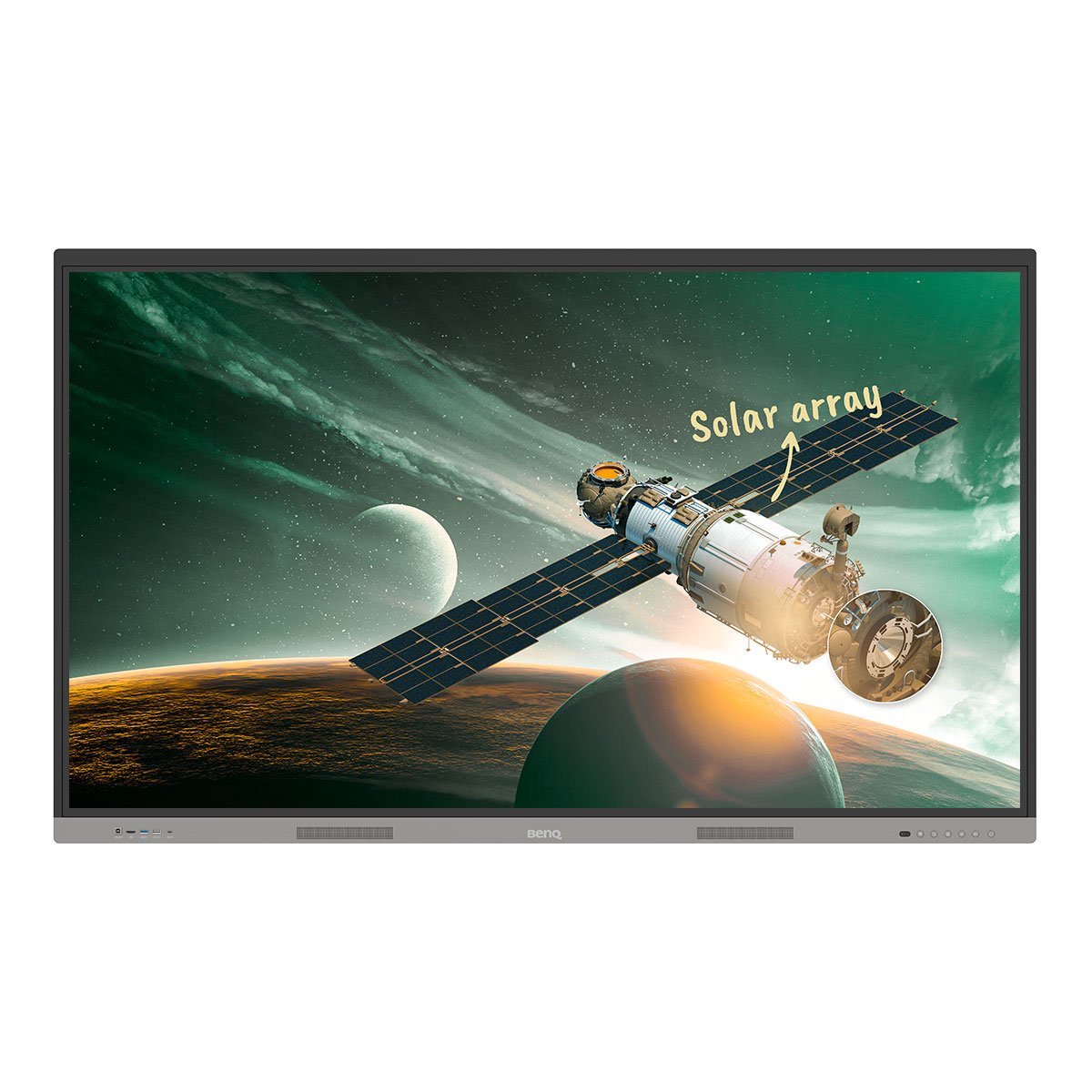

Not all EDLA solutions are created equal. Google EDLA may be the standard platform for interactive displays going forward, but the way it’s being implemented on devices varies from one solutions provider to another. Schools now have the option to choose either fully integrated EDLA smart boards or go with large touchscreen displays bundled with Android-based EDLA OPS slot-in PCs.
With an EDLA smart board, schools receive everything they need for classes in one system, while with a touchscreen and PC bundle, they get a modular solution that promises to be cheaper than its integrated counterpart. For schools looking to lower their total cost of ownership (TCO), it may be tempting to immediately settle for the bundle option, but it’s important to consider all the facts before making a decision.
The false promise of cost savings
On paper, acquiring a cheaper touchscreen and pairing it with an Android PC feels like it’s a great cost-effective option. Because the touchscreen part is separate from its operating system, the main selling point of this bundle is that if one of its components goes obsolete, then it would be more economical to swap out either only the PC or the touchscreen rather than replacing the whole unit. But this setup may be too good to be true as these bundles intentionally gloss over very basic hardware and system limitations.
For example, when an Android PC reaches the end of its life cycle, the logical solution would be to replace it with one that uses a newer Android version and a better chipset. The problem with this is that compatibility may not always be guaranteed. Pairing old devices with new technology comes with risks.
Although many solutions providers often test, configure, and fine-tune their slot-in PCs to ensure that they work their boards, they also tend to skip this step for hardware that belong to previous generations.
In these cases, if the school ends up purchasing a replacement touchscreen that fully matches the requirements of their new PC, then this ultimately defeats their original intention of cutting costs.
What you should actually be comparing
A cheap bundled solution offers exactly what it promises: A cheap touchscreen with a cheap slot-in PC that won’t guarantee a good user experience. Instead of instantly gravitating towards seemingly cost-effective options, schools should focus on factors that directly affect the day-to-day use of their teaching equipment and their overall TCO.
Processor
Many solutions providers sell budget slot-in PCs with poor-performing chipsets that have limited computing power. This has a significant effect on which apps can run on the board, responsiveness, and overall user experience. To solve this, pick solutions with CPUs and GPUs that can handle the amount of processing power required for your school’s lesson activities.
Android version
Another reason why some bundled slot-in PCs are sold for cheaper prices is that they can only run older versions of Android due to their limited processing power. This makes their end-of-life (EOL) status much shorter than most EDLA smart boards. In this regard, look for EDLA solutions with more up-to-date Android versions.
But beyond this, check whether or not your device and service provider have customer support measures that will work as a safety net when your device’s EOL is up. BenQ provides continued support for BenQ Boards as stated in your service agreement. This ensures that your boards perform optimally even beyond their EOL date.
Touch experience
Basic touch panels without integrated operating systems tend to fall in the mid to low ranges for interactive displays. This difference is evident in the quality of the touch experience.
Bundled solutions have two components: the touchscreen and slot-in PC. When you have two different systems interacting with each other, you introduce some latency, which is very noticeable when you try to tap and drag objects or write on the screen.
Lower quality screens also significantly reduce the maximum number of touchpoints. Cheaper touchscreens, for example, can only support 20 points. It’s a far cry from integrated EDLA boards that can go up to 40 or even 50.


Touchscreen hardness and backlight
For some of these bundles, the touchscreen part fails even in terms of basic features such as hardness and backlight life. To give customers an affordable screen, solutions providers may offer screens with a hardness lower than 9H, which makes their touchscreens more prone to scratches. They may also offer displays with backlights that only last for 30,000 hours of use or less. Many EDLA smart board backlights now have a baseline of 50,000 hours.
Device management
The tricky thing about hardware bundles is that IT admins would now have to manage two completely different devices instead of one.
The touchscreens included in these bundles do not have their own operating system. This makes remote management impossible. If an admin wanted to perform basic operations such as turning their displays on and off, adjusting the brightness, or changing the input source, they would have to go to each and every one of their panels to do this manually.
On the other hand, although admins may be able to manage their Android PC remotely, the issue here is that a lot of features available to them are very limited unless their school chooses to upgrade to a premium third-party management solution. But even then, these paid tools are only designed for the slot-in PCs. They will still not provide admins any way to remotely control and monitor the use of their touchscreens.
With the BenQ Device Management Solution (DMS), BenQ Boards have a clear advantage over OPS bundles and other smart boards as it gives admins a free and convenient way to centrally and simultaneously manage all their displays from anywhere.
Related: 5 Major IT Admin Challenges and How BenQ Boards Solve Them


Access security
In terms of user access, a lot of providers offering EDLA-certified boards and slot-in PCs promote ease of access, thanks to their Google integration. Anybody with a Google account would be able to access the Google Play Store and download the apps they need for their board. Unfortunately, this convenience also comes with data security and privacy risks since even unauthorised users can easily create and use their personal Google accounts to gain access.
Check if the board or slot-in PC offers ways to regulate which users can perform certain activities on the board. Ideally, only IT admins should be able to install apps and modify system settings.
Currently, only the BenQ Board offers comprehensive user access management. With other EDLA boards, admins will have to set local access controls for each and every device. But with the free, cloud-based BenQ Account Management System (AMS), admins can easily and remotely enforce strict access controls on all their boards.
Related: Access Granted: Balancing User Authority and Security on BenQ Boards
Aside from this, BenQ also offers directory service syncing with the BenQ Identity and Access Management (IAM) system. Schools that manage their user lists on services such as ClassLink, Entra ID, and other LDAP solutions can easily use these to limit access to their Android-based smart boards.
Integrated EDLA BenQ Boards
With all the available EDLA smart boards and bundles for teaching, the BenQ Board stands out. It uses the best processor with the latest Android OS. It has a superior touchscreen with up to 50 touchpoints, 9H hardness, and 50,000 hours of backlight.
BenQ is one of the only solutions providers to offer a complete and subscription-free management system that helps IT admins remotely monitor and maintain their devices as well as regulate user access. We also assist our customers every step of the way by offering training and technical support to users and technical staff.
All of these elements combined with our intuitive teaching software and value-added features, such as NFC login and ClassroomCare® technologies that safeguard the health of students and teachers, make the BenQ Board the ideal long-term education solution.
If you want to know more about how BenQ Boards are better than Android PC bundles, contact your local BenQ sales representative for a product demo.


